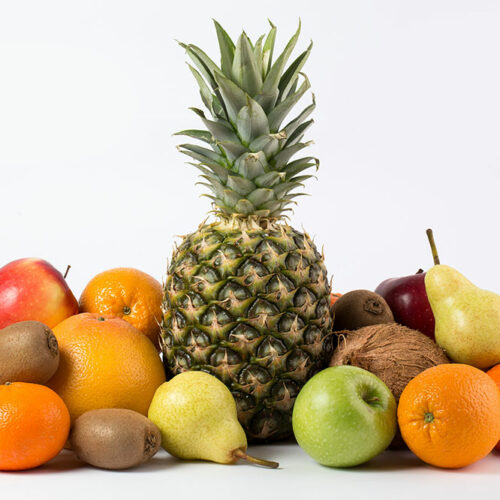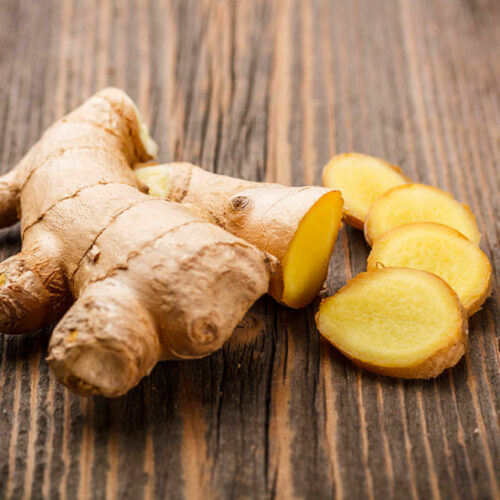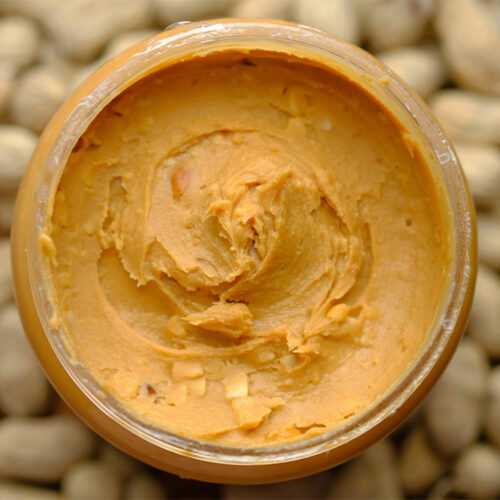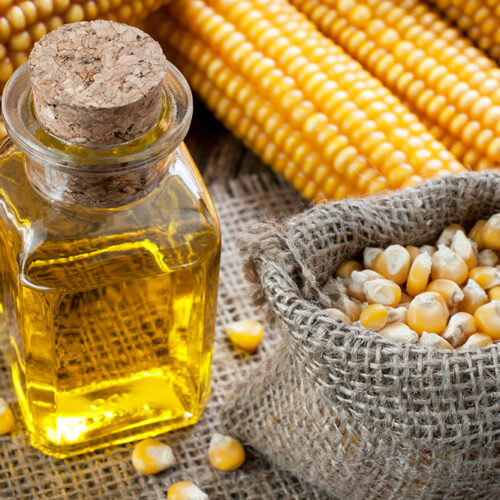Immunity-boosting Foods for COPD Patients

People with chronic obstructive pulmonary disease (COPD) have blocked airways, making breathing difficult. They have to use more energy while breathing than a normal person. Chronic inflammation weakens the immune system reducing its ability to fight the disease. People with COPD need to consume enough calories to produce excess energy for breathing. Following a nutrition-rich meal plan can help you maintain overall health, strengthen your immune system, and improve lung function. Here is a list of immunity-boosting foods for COPD patients. Salmon To boost energy, people with COPD should include protein-rich foods in their meal plans. Salmon is packed with protein and omega-3 fatty acids that can help reduce inflammation in the airways. Omega-3s are also critical for respiratory health and the immune system. According to a study, consuming fish frequently is associated with a decreased risk of COPD. Oranges Oranges are rich in Vitamin C, which is vital for a variety of immune system functions and for preventing lung infections. Citrus fruits like oranges help fight against toxins in the body and lower the rate of damage in the lung tissues. COPD patients also benefit from eating high-potassium foods vital to lung function. Oranges also contain potassium and can help with breathing issues.






